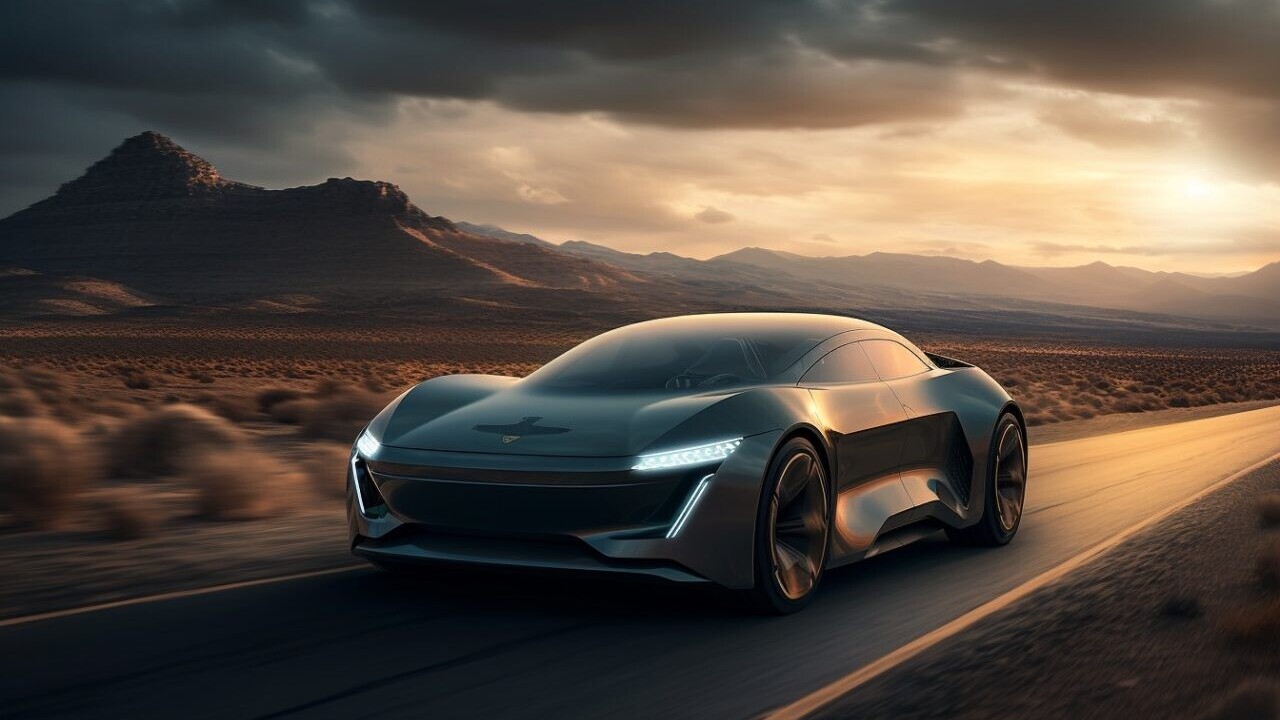
Next year, a Dutch company will put a new kind of battery in a drone and — if all goes according to plan — that drone will fly for 50% longer than it could with a standard lithium-ion (Li-ion) battery. Flight times of nearly an hour, say, rather than 34 minutes. The souped-up drone won’t be any heavier than before and the new battery will actually be smaller than the old one, despite offering more juice.
Fixed wing and multi-rotor drones are just the beginning. LeydenJar is also targeting electric vehicles and Tim Aanhane, the company’s business developer, estimates that the firm’s batteries could allow an electric car to achieve a range of 800 or 900km — roughly double the current market standard.
“The battery industry is moving fast,” Aanhane says. Leydenjar’s battery uses a silicon, rather than graphite anode. This component, also known as the negative electrode, is where negatively charged particles called ions lose electrons. The electrons then travel through an electrical circuit, providing current.
Europe needs to stay in the battery tech race
It’s just one startup among many in Europe working on improving battery technology. A key goal for many in this space is high energy densities — batteries that offer significantly more power than the existing Li-ion options. This tends to be measured in terms of the amount of energy available in watt hours (Wh) per unit of volume (litres, l) or mass (kilograms, kg).
With research and development racing ahead, especially in countries such as China, there’s no time to lose. Europe must come up with some seriously good battery tech, fast, or face being left behind.
LeydenJar, which has a headcount of more than 70 people and has raised €100 million in funding to date, is currently testing its prototype batteries. Aanhane and his colleagues plan to open a large factory in the Netherlands in 2025. Annual production at the site is intended to reach 100 megawatt hours of total battery storage — roughly equivalent to the energy requirement of up to 100,000 homes.
“Silicon as a material can store 10 times the amount of lithium ions than graphite,” says Aanhane. For the battery as a whole, that means a yield of roughly up to 70% more energy per litre — 1,350 Wh/l or 390 Wh/kg.
Battle of the bulge
LeydenJar says it has solved a key problem that has held back silicon anode batteries in the past — excessive swelling. Traditionally, these anodes would bulge considerably when charged, reducing their lifespan and potentially making them unsafe. To counter this, LeydenJar makes its anodes by growing tiny columns of silicon, several micrometres thick, on copper foil.
“There’s space in between them,” explains Aanhane. “Within these columns there’s porosity as well.”
Those crucial spaces in and around the silicon columns mean the bulging is mostly contained within the battery material itself and the swelling of the battery cell overall is comparable to that of a graphite anode battery, he says. Aanhane adds that this limited swelling behaviour appears stable across hundreds of cycles — the process of repeatedly charging and depleting the battery.
To date, LeydenJar has tested its batteries over 500 cycles or so and Aanhane suggests they are aiming to push beyond 1,000 cycles. An additional benefit of the technology, he says, is that it requires much less energy to produce than needed for graphite anodes, potentially making it more environmentally friendly. Safety tests have also shown no high risk of fires or explosions, so far, which is an important consideration in the development of new battery tech.
China syndrome
In recent months, battery makers in Asia have touted higher capacities on the horizon, with Gotion, for one, claiming its new Astroinno battery can provide an electric car with 1,000km of range. CATL in China is another one to watch; the firm says its 500 Wh/kg battery could power electric aircraft of the future. And Toyota, in Japan, says it is developing battery technology that could provide a stonking 1,500 km of range in an electric car by 2027.
“Our dependence on China for this evolving industry is already growing at an incredible rate,” acknowledges Karl McGoldrick, chief executive and co-founder of LionVolt, another Netherlands-based battery tech startup. The firm has 16 employees and has received €16 million in funding, €11 million of which has been in the form of grants and subsidies.
LionVolt is working on solid-state batteries that don’t contain the liquid lithium common in standard Li-ion devices. Instead, they use billions of tiny pillars between which the ions flow. McGoldrick explains that this heightened surface area inside the battery allows for increased energy densities, of 450 Wh/kg.
He also claims that LionVolt’s technology does not suffer from dendrites, the growth of metal filaments that can cause dangerous shorts in a battery.
Innovate, adapt, overcome?
One of the most interesting things about the development of higher energy density batteries is the sheer variety of technologies currently afoot. In Italy, startup Bettery, a spinout from the University of Bologna, is working on a flow battery that uses semi-solid electrodes.
In this case, the semi-solid is a fluid with particles suspended within it. Alessandro Brilloni, co-founder, says he and his three other co-founders have found a way of preventing the particles from depositing into a sediment.
There are trade-offs in choosing this approach, however. Flow batteries aren’t as energy efficient as Li-ion batteries. Though Brilloni states that they should have longer lifespans.
He and his three collaborators are now in the process of setting up their first dedicated lab and they also have a small prototype battery powerful enough to supply, say, a laptop computer. Brilloni says energy densities of 500 Wh/kg or higher should be possible with the technology. The company has raised €420,000 to date.
Thin and flexible
Finally, The Batteries in Poland has developed a solid-state device made using a powder-based electrolyte, which the firm says greatly reduces production costs.
Spokeswoman Izabela Bany suggests that the batteries, which could be made in thin, flexible formats, might soon power sensors, wearables, IoT devices, or self-contained emergency lighting, for example. The Batteries has raised $12.4 million (€11.9 million) in funding so far.
Another benefit, Bany adds, is that the technology won’t suffer from combustion or explosions even if there are manufacturing flaws. The Batteries is targeting energy densities of around 1,200 Wh/L.
This is just a handful of the approaches emerging among European battery tech startups and it’s anyone’s guess which will go on to thrive in the coming years. But McGoldrick stresses that, if Europe is to feature prominently in the great battery race at all, then investing in novel technology — which means taking a punt on young firms — is essential.
“We have to be braver,” he says. “Otherwise, we’ll be buying all our batteries from China.”
Get the TNW newsletter
Get the most important tech news in your inbox each week.




